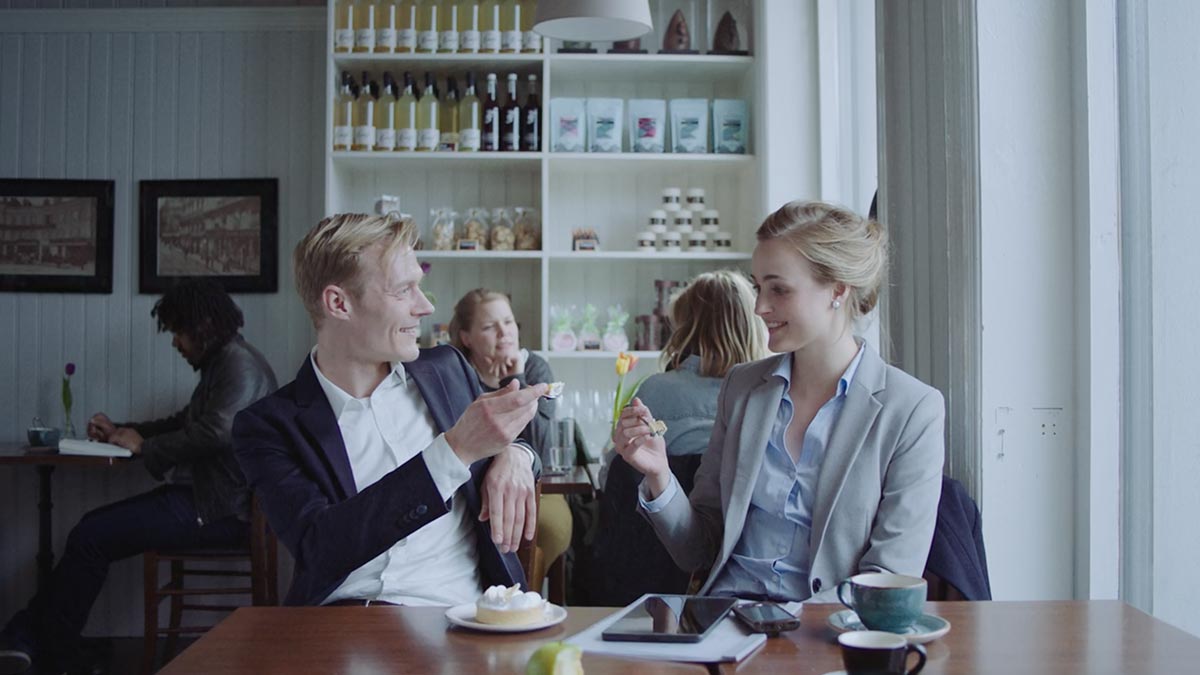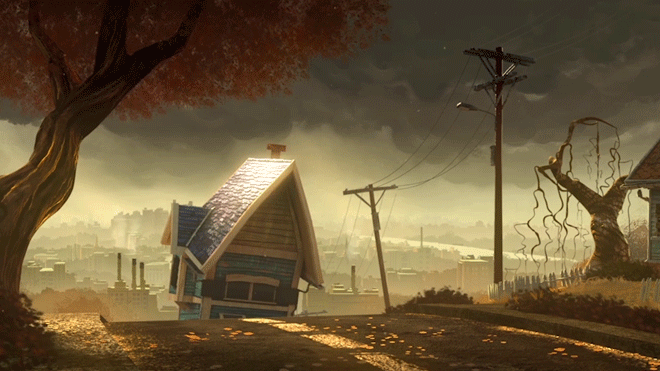An escaped convict lost in 1803 Australia encounters two immortal time travellers from our evolved future, on a rites of passage journey to vicariously understand mortality.
Sweet Mary, Where Did You Go? is a suspenseful and imaginative tale set against the harsh Australian wilderness of 1803. At its core, the film follows an escaped convict, Len, who stumbles upon two enigmatic visitors from an evolved future—a pair of time-travelers on a ritualistic journey to understand mortality. As the three characters collide, their vastly different perspectives on life, death, and pain create a chilling exploration of humanity’s eternal questions about the meaning of existence.
With a blend of science fiction and hauntingly historical suspense, Sweet Mary, Where Did You Go? embodies director Michael Anthony Kratochvil’s curiosity about our future evolution and its potential consequences. Kratochvil imagines a distant society so advanced that death and pain have become mere curiosities, sparking a disturbing longing to understand them firsthand. This film brings to life a provocative clash between past and future perspectives, leaving audiences to ponder the unknowable mysteries of life and the profound, unyielding lure of mortality.

The film explores the intersection of mortality and immortality in a unique way. What inspired the idea of immortal time travelers from an evolved future being fascinated by death?
I believe there’s a possibility we could be on the cusp of immortality, with advancements in medical science and technology, with the likes of Neuralink on the horizon. I’m interested in exploring the extremes of where we are headed in the future. And what could be the worst case scenario for us, in our evolution. The intersection of mortality and immortality relates to a collision of our past and future selves. If in the future we are unable to die or experience pain, we will become fascinated with it to the point where it will become fetishised. The past could be the only way we could vicariously experience death.
Set in 1803 Australia, the historical backdrop plays an important role. How did you approach balancing the period setting with the futuristic, speculative elements of the story?
The past and the future meeting in the same setting was the core stylistic approach of the film. I love putting two things in a frame that don’t ordinarily belong together. I wondered what it would look like if a futuristic being in a Jesus Christ pose stepped into a Frederick McCubbin painting. The film started with that abstract image, and everything else was built around it. The image didn’t have a logic to me, the logic came later and the themes of the film developed out of that. I find that is the best way to work for me, to explore an abstract image to its logical conclusion.

The concept of ‘rites of passage’ is central to the film. How did you develop the idea of future beings undergoing a ritual to vicariously experience death and pain?
It is interesting to me how in today’s culture, we are lacking a rite of passage – which has left much of our population in a state of stunted development. I feel like the internet and social media has changed us, to the point where life ‘experience’ is very different to what it once was. You could say we have become trapped in a state where we are now experiencing life in a second-hand way. I think this is only going to evolve more as technology continues to advance. The ritual that Dum and Dee experience in this film is the closest they can come to death. I wanted to capture aspects of curiosity of death and pain, but also a sadness and melancholy of these two people who are unable to truly experience the transcendence of death. The actors who played Dum and Dee (Darcy Halliday and Eliza Baker) immersed themselves in that unusual mindset for the film.
The film features shocking and gory scenes that confront the audience with the brutal aspects of mortality. What was your approach to handling these elements, and how do they contribute to the film’s overall message?
We are becoming increasingly desensitised to images of violence to the point where it lacks impact and feels meaningless. Death is often presented without meaning, particularly in video games, comic book films and even on the news, where real life atrocities become a ghoulish way to drive clickbait and ratings from curious viewers. Slasher films and horror often strive to ‘one-up’ things, to go more extreme than what we have seen before. What are the limits of this? What does it say about us? Where can it take us? What are the real-world implications? I wanted to explore these questions in an abstract way, where the violence is celebrated in the film in a glorious way, which will hopefully encourage the audience to reflect on screen violence in a different way than we are used to.

Visually, the wilderness setting contrasts the themes of immortality and spiritual exploration. How did the Australian landscape influence the mood and tone of the film?
The Australian landscape was central to mood and tone of the film. Walking through the Australian wilderness is a very unique and primal experience. There is a real sense of the past, of the ghosts of the rightful owners still lingering in the land. If you have ever found yourself lost in the Australian wilderness, it can be a beautiful but sometimes frightening experience. In trying to find locations for the film, I got lost in the bush. All I could see was endless trees, and I couldn’t seem to find a way out and quickly went into a spiral of panic. This put me into the headspace of Len the convict, wondering how it may have been to be a convict from the UK, lost in a strange land. Paul de Freitas who played Len was really able to connect with that sense of solitude. It felt like he had transported himself back in the past.
How do you envision the future society from which Dum and Dee come?
I am exploring this future society more in the feature adaptation of Sweet Mary. I think their future society is the logical extreme of where we are now, and where we are heading. I think if we continue heading into the direction where we are heading in, we may find that we have become trapped inside ourselves, to a point where freedom doesn’t exist, even the freedom of death.
The film raises spiritual and philosophical questions about the unknowable meaning of death. Were there any specific philosophical or existential works that influenced the creation of the story?
From memory, there wasn’t really any philosophical or existential works that influenced the film, at least consciously. Death is the greatest mystery of all. We try and ascribe meaning to it, but there is no concrete evidence to say what happens to us after we die. It felt melancholic to me that perhaps even in the future, after great advancements, including immortality, we still may never know what happens to us after we die. Perhaps we will always be longing to understand death. Len in the film is mourning the deceased love of his life Mary, wondering where she could be now. Dum and Dee are mourning the fact that they can never truly experience death. It was interesting to me to think about how a mortal person and an immortal person could look at death.
With its blend of historical and futuristic elements, Sweet Mary, Where Did You Go? is quite distinctive. What were some of the visual or thematic influences that shaped the film’s unique aesthetic?
The biggest influences for me were artwork, stills, fashion design, art installations and music. Frederick McCubbin was someone myself and cinematographer Mark Kenfield spoke about a lot and drew direct inspiration from. Although there were film and television influences, I tried not to draw direct inspiration from any particular work. I wanted the film to feel alien to myself, like I was tapping into something beyond myself and my own influences. That’s when I get most excited in filmmaking, if I can surprise myself, hopefully I can surprise the audience too.

What are the books, podcasts or even YouTube Channel that you recommend young filmmakers to get their hands on?
I like The Movie Crypt podcast. I always enjoy hearing filmmakers talk about their work and their struggles in the industry. Jeff Goldsmith’s Q&A podcast is great for screenwriters.
Finally, what are your favorite short films?
The Truth About Hastings by Dan Schneiderkraut
Weee Wooo by Charlie McWade
Creator by Andre LeBlanc
I like The Movie Crypt podcast. I always enjoy hearing filmmakers talk about their work and their struggles in the industry. Jeff Goldsmith’s Q&A podcast is great for screenwriters.
The Truth About Hastings by Dan Schneiderkraut
Weee Wooo by Charlie McWade
Creator by Andre LeBlanc




